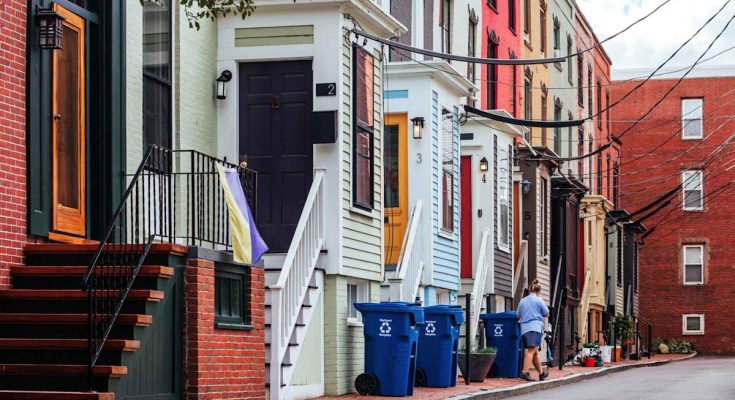Home buyers look at several factors before purchasing a house. The neighborhood, amenities and schools are some of the key details, but if you also want a home that gains value, some markets are better than others.
The Federal Housing Financing Agency, a U.S. government agency that supervises Fannie Mae, Freddie Mac and the Federal Home Loan Banks, recently came out with its quarterly House Price Index.
Be Aware: 6 Hidden Costs of Homeownership That Can Wreck Your Budget
Read Next: 6 Big Shakeups Coming to Social Security in 2025
Florida, Colorado and Arizona were at the bottom of the list, exhibiting slight year-over-year declines in home prices. However, 46 states had rising housing prices, and the top 10 states are good ones to consider for people who want more valuable homes as they get older.
Many of the top 10 states on this list are on the East Coast, but there are some states in the Midwest that also made the list. Each percentage reflects how much home values have increased in the state over the past year.
-
New York: 8.03%
-
Connecticut: 7.78%
-
New Jersey: 7.52%
-
Mississippi: 7.27%
-
Illinois: 6.73%
-
Maine: 6%
-
New Hampshire: 5.99%
-
Wisconsin: 5.78%
-
Rhode Island: 5.65%
-
North Dakota: 5.38%
Discover More: 25 Places To Buy a Home If You Want It To Gain Value
Maine and Rhode Island are the only states on this list that posted lower housing prices quarter-over-quarter. All states on this list have exhibited impressive 5-year gains in their housing prices, with Maine (78.44%), New Hampshire (73.47%) and Rhode Island (72.47%) as the three leaders over the past five years.
Housing prices have only increased by 2.94% over the past year throughout the United States. That figure jumps to a 53.93% gain over the past five years. More than 30 states posted higher one-year housing price gains than the U.S. as a whole.
Many Northeast properties have outpaced the U.S. real estate market over the past year. If you secure a mortgage in a real estate market with rising prices, your property will build equity. Homeowners have several ways that they can tap into their home equity and fortify their finances.
A home equity line of credit (HELOC) lets you borrow against home equity at a variable interest rate. You only pay interest on a HELOC if you borrow against the credit line. Most HELOCs have a five- to 10-year draw period, and after that timeframe expires, the remaining amount is converted into a home equity loan or due on the spot.
You can also borrow against a HELOC even after you have paid it in full, as long as the draw period hasn’t expired. That gives HELOCs a key advantage over home equity loans, since you don’t have to get approved for a loan and go through an appraisal all over again.



